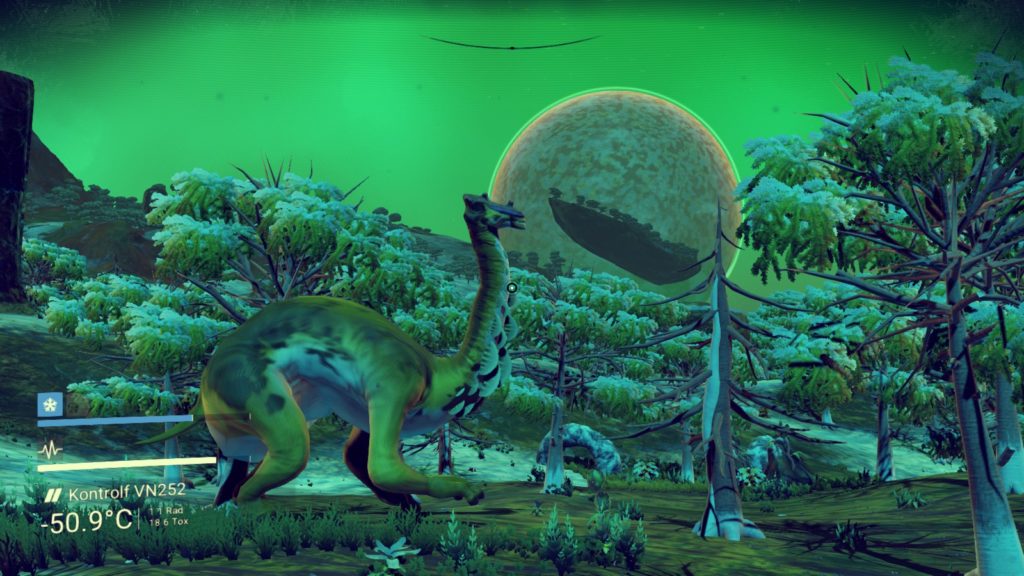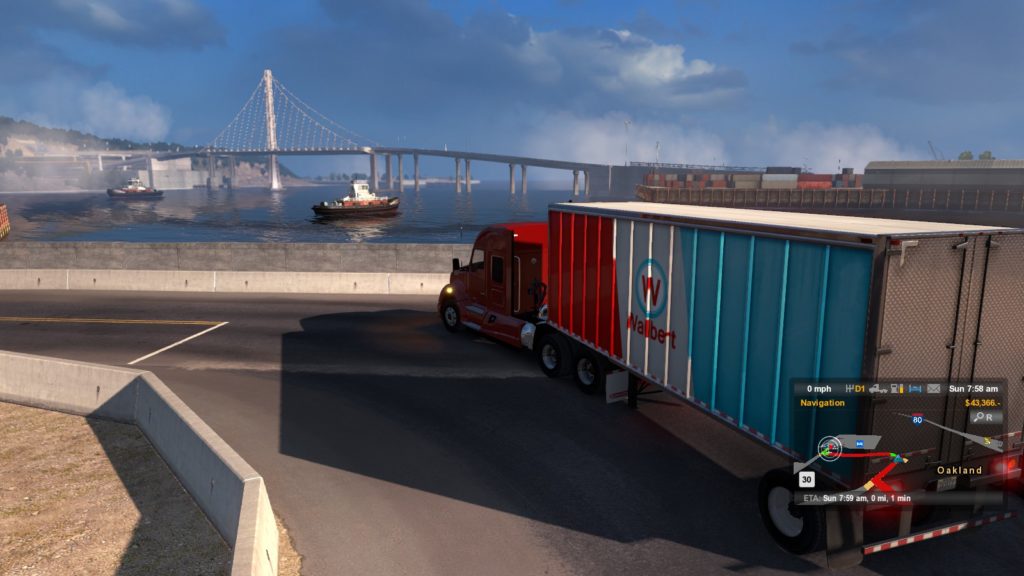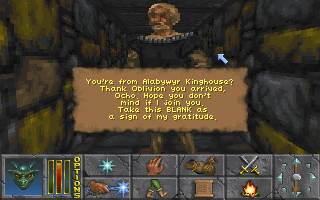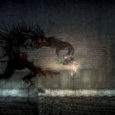Having had technology and the acquisition of technology be one of my foremost hobbies over the past decade or so, I’ve come to a very distinct realization: Technology, at its core, is just a tool. Seems simple, right? A tool is just an implement used to carry out a particular function. Like a hammer is just a tool. In game development, designers use multiple tools in their creative works, one popular tool of late is Procedural Generation.
Procedural Generation, at its heart, is the process of programming an application to design the content of a game using and working within a specified set of parameters. The use of procedural generation in video games goes hand-in-hand with the genre itself. Games like Rogue (1980), of which the term Roguelike is derived, was nothing but procedurally generated dungeons, one after another, that the player was meant to explore. This gave the game a never-ending appeal, where a little bit of code gave you a game that was always different than the last. Procedural generation has been used to do everything in gaming from creating environments, to dungeons, to loot lists, to sprawling towns and populations. In the end, though, it’s just a tool.
Everybody’s Sky
Kyle, one of the writers here at Sub-Cultured, has been enamored with No Man’s Sky. For good reason, too. No Man’s Sky, first off, is gorgeous. The art styles, the visuals, and the chance of seeing things nobody else is seeing are some of the game’s big positives. I also picked up the game within its first week of release and had some fun exploring the few worlds that I found, but in the end I found myself quickly losing interest. Yes, the worlds themselves could, at times, be very pretty, but I had a hard time feeling that anything I was accomplishing was meaningful or significant.
I was exploring all of these places that had already been explored before, I was re-naming animals and plants that were located around small settlements and surrounded by floating machines, constantly scanning them, and I was learning languages that, even after learning a metric ton of words, I still couldn’t understand what anyone was saying. Nothing I was doing felt like it had any impact on anything, or at worst felt like I was just already going where everyone had already gone before.
Overall, I blame the procedural generation and how heavily they used it. It is the hallmark of the game, how what you were seeing was never seen by any other player and it was special to you. Except that it had been seen before. When I came across my 50th giant tooth shaped plant (and was naming it ‘Yet Another Giant Tooth’), or my 30th wolf-looking creature with fungal spores all over it (‘Yet Another Diseased Wolf’), I had reached my limit.
No Man’s Sky‘s use of procedural generation, their hammer, felt like the only tool they were really using seriously, and when it duplicated assets, it was glaring. Any “story” was coming at what felt like a snail’s pace, and progression was also a slow process. This means that the way the developers wanted you to play involved just hitting one procedurally generated planet after another. Which means also seeing the same formations over and over in maybe varying colors or sizes. I’m not sure which writing outlet first used the phrase “18 Quintillion Bowls of Oatmeal“, but it certainly feels apt.
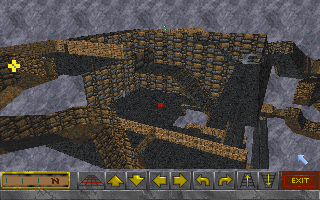
Daggerfall, one of the first 3D attempts at mapping seen in a video game. Not a great attempt, though.
ProGen Behaving Badly
Let’s be real, though, No Man’s Sky isn’t the first to overuse procedural generation. One of the biggest games of all time, literally, is one that used procedural generation to launch a franchise: The Elder Scrolls: Daggerfall. Coming off of the successful Arena, Bethesda wanted to make a game that truly felt like a world. Some sites posit that the full landmass of Daggerfall reaches a staggering 62,394 square miles! I started playing it not long ago and it isn’t kidding around. If you were to walk from one town to another, even if those towns were right next to each other, it would take you HOURS to do so. With 15,000 towns, cities, and villages to explore, the game wasn’t messing around. The first thing you bought was a horse and a wagon, because without them you were hosed.
The landmass of Daggerfall wasn’t even the worst of the procedural generation, though, it was the dungeons. Daggerfall‘s dungeons took multiple dungeon “sets” and patterns and hooked them together to form an overall dungeon. Combined with an uber-confusing three dimensional mapping system, Daggerfall would turn a simple low-level dungeon into an hours long slog through random-mob infested hallways, where sometimes monsters well above your level would lie in wait to wreck you. To put it lightly, Daggerfall‘s use of procedural generation was simultaneously complete overkill, frustrating, and completely unforgiving.
Randomness Isn’t Really Exploring
One of my favorite things to do in games, though, is exploration. I will look behind every nook and cranny, every little path, every little tiny area, and in most games that exploration is nicely rewarded with either a nice sight, some extra loot, or some easter egg. They are specifically placed on the game map by the developers, though. When you start making everything through procedural generation, you lose those little rewards. Everything you could possibly encounter by checking every nook and cranny is just as available as any other point. The entire gaming world gains a homogeneity that stops rewarding exploration simply by its very nature.
There was a poll given by the developers of Star Trek Online on their forums once that once asked the players “What do you really want to see in Star Trek Online?” The biggest response back was simply “Exploration”. Since the tagline of Star Trek is “To boldly go where no one has gone before”, though, this shouldn’t come as a surprise. The problem was that the game already had an “exploration” system. They combined random scenarios, randomized enemies, randomized aliens, and placed them on some randomized maps. To the majority of players, although what you were seeing was fresh, it didn’t “feel” like exploring.
I don’t blame the players, though, it truly *didn’t* feel like exploration. To hit this home, the game that I play that hits that exploration button the best is American Truck Simulator. Sure, ATS uses some procedural generation to save time on creating the environments, but it’s seeing all the specific locations and special places that makes the exploration worthwhile. It isn’t what is random that taps that exploration feeling, it’s what is purposefully placed that you’re seeing for the first time.
ProGen Is A Good Tool, But Shouldn’t Be The Only Tool
If you take a look at some of the best games of our day, though, like Diablo, you’ll see that they all use procedural generation. However, their use becomes reserved to creating large, similar themed environments without sacrificing development resources and isn’t a crutch. Procedural Generation isn’t going to go away anytime soon, and it really shouldn’t because it’s such a useful tool.
What makes a great game, though, is using many different tools in its construction. Use some ProGen, some story, some good mechanics, decent audio, music, setting, etc. and put all together you have a great game. Relying on any one tool will make that tool stand out and show its flaws.
No Man’s Sky I feel was relying just too heavy on the procedural generation, and it was their downfall. Even compared to a game like Elite: Dangerous that also relies on space exploration and a ginormous universe, Elite feels more fleshed out and your actions feel like they have more weight.
I hope that we haven’t heard the end of No Man’s Sky, though. It has so much potential and can be so much more than it is. It’s at a good starting point and can only go up, but it will definitely need something more than just procedural generation to get players back.


